Fort Delgrès Memorial
A stone circle on the slopes of a Caribbean volcano commemorates the leader of an anti-slavery uprising.
In 1802, Louis Delgrès, a free man of color born in Guadeloupe, led a doomed rebellion against Napoleon’s General Antoine Richepanse to prevent the return of slavery in the French Caribbean. Over 300 years later, the fort where he made his last stand now bears his name.
Louis Delgrès was an idealist and became a distinguished soldier in many battles for the French Republic. He was even captured and sent to England as a prisoner once or twice. When, in 1802, Napoleon Bonaparte sent General Richepanse to Guadeloupe to restore it to its “pre-1789” state (i.e., to reinstate slavery), Delgrès was having none of it. He led an armed rebellion of civilians and soldiers of color.
Unfortunately, the rebels were no match for the French army. They retreated into this fort, where Delgrès issued a proclamation “to the entire Universe” explaining what he was fighting for. Then, when it became clear there was no hope of victory, Delgrès and 400 of his followers holed up in a plantation on the volcano’s slope and blew themselves up, along with as many French soldiers as they could.
Slavery was reinstated—though some say the rebellion’s failure motivated the successful liberation struggle in Haiti. As for General Richepanse, he got yellow fever and died a few weeks later and is now buried in the military cemetery at the very top of the fort complex.
Located on the outskirts of Guadeloupe’s small hillside regional capital, Basse-Terre, the fort has stunning views of the island’s volcano and the surrounding towns and oceans. It dates back to 1649 when then Governor Charles Houël named it… Fort St. Charles. Like many spots in the Caribbean, it spent a few decades changing hands between the French and British and was at times called Royal Fort and Fort Richepanse. In 1989, the island’s governing council voted to officially rename it Fort Louis Delgrès after the leader of the heroic rebellion.
The fort is pretty standard as colonial-era stone forts go, but the memorial to Louis Delgrès is something special. A sort of meditation maze meets Stonehenge, with Delgrès’ head in the center, it’s well worth the visit. If you venture into the stone spiral you’ll be able to pick out some carvings on one of the rocks that read “Liberte” and “Justice.”
Know Before You Go
It’s free to enter, and there are plaques and signage in French, so bring your translator app or phrasebook if you need one! Also one of the few attractions open on Sundays (until 4:30pm).

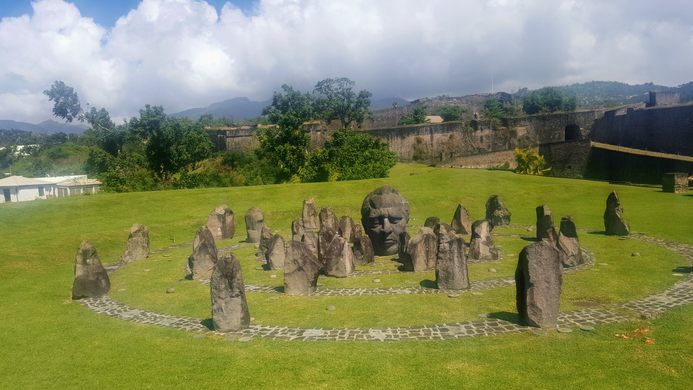
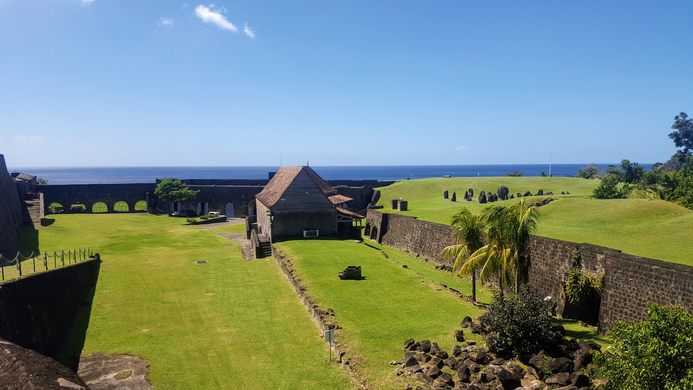
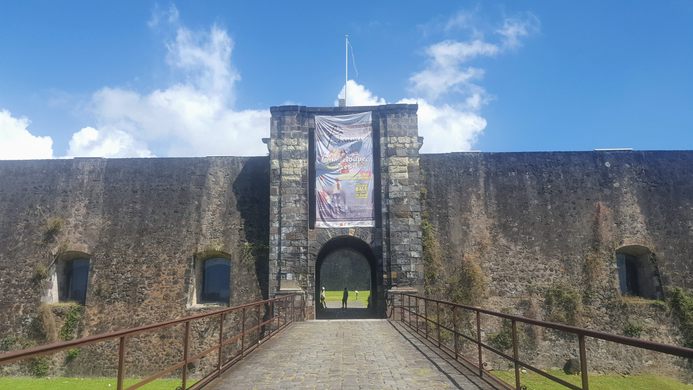
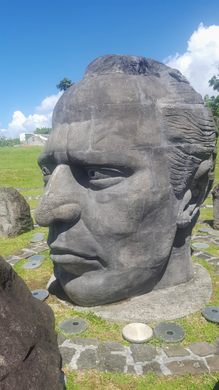
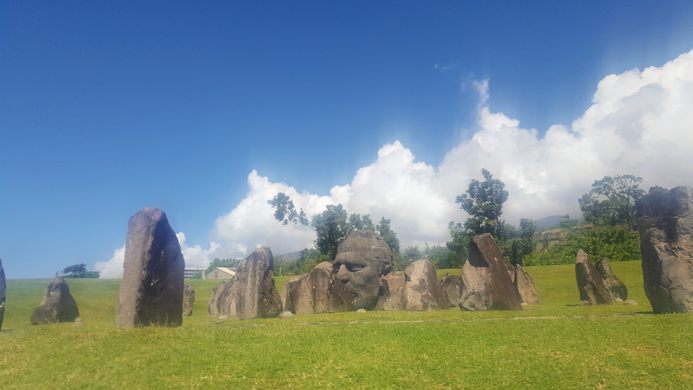
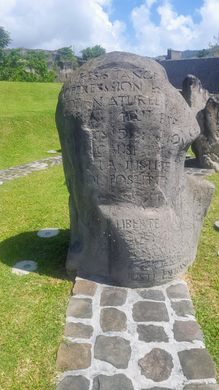
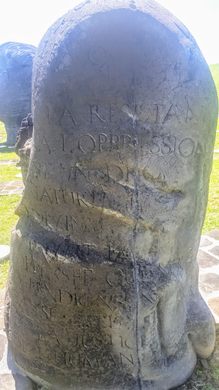
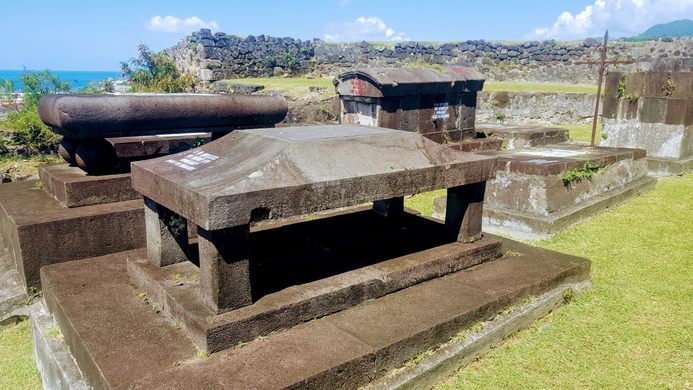
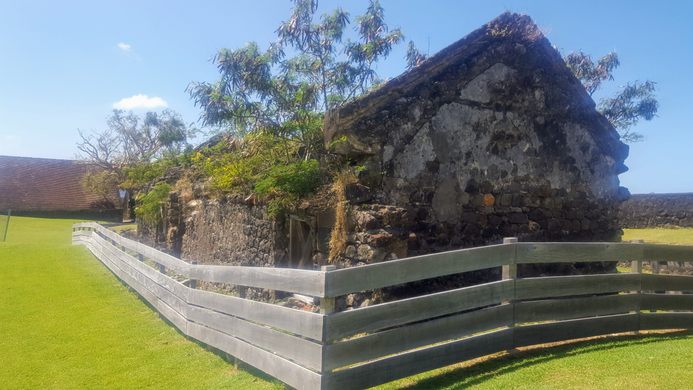
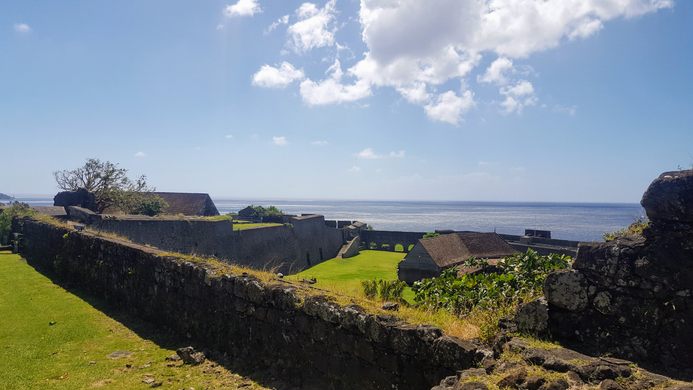
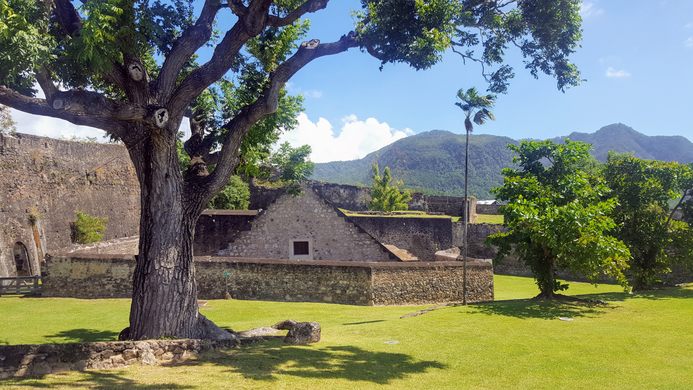
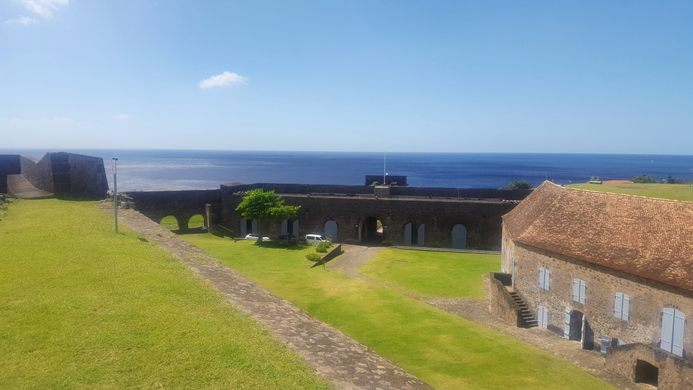




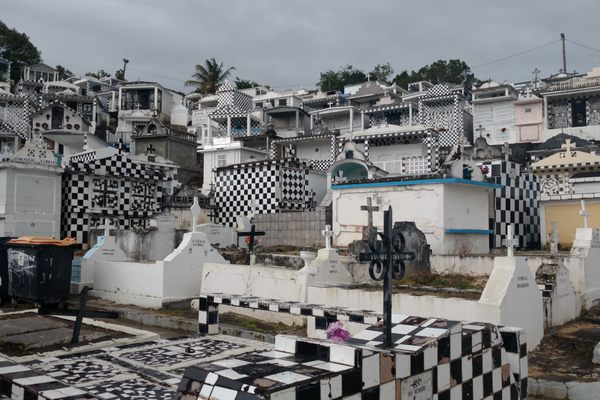


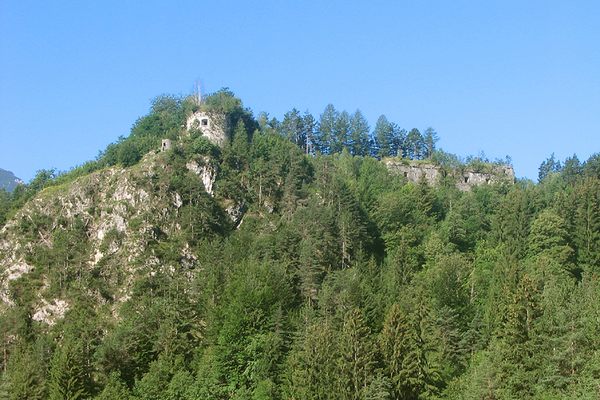
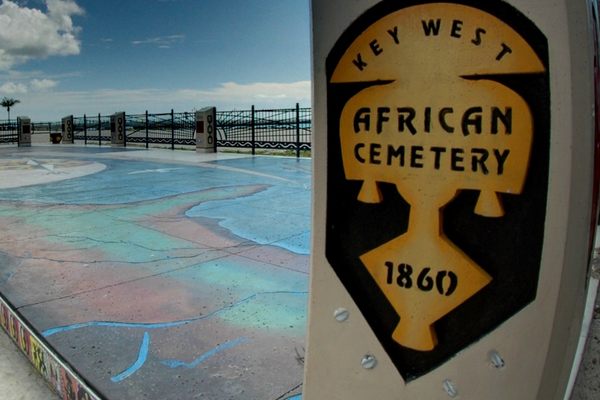
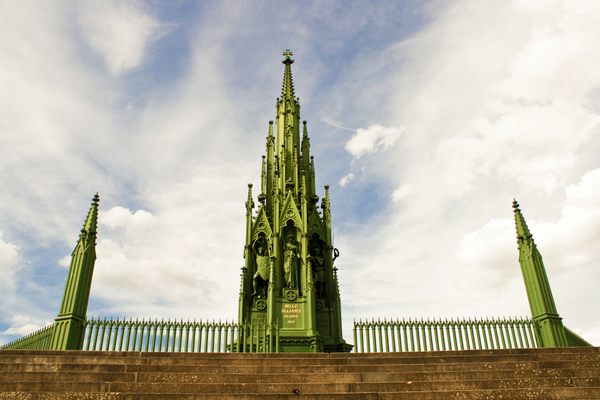




Follow us on Twitter to get the latest on the world's hidden wonders.
Like us on Facebook to get the latest on the world's hidden wonders.
Follow us on Twitter Like us on Facebook